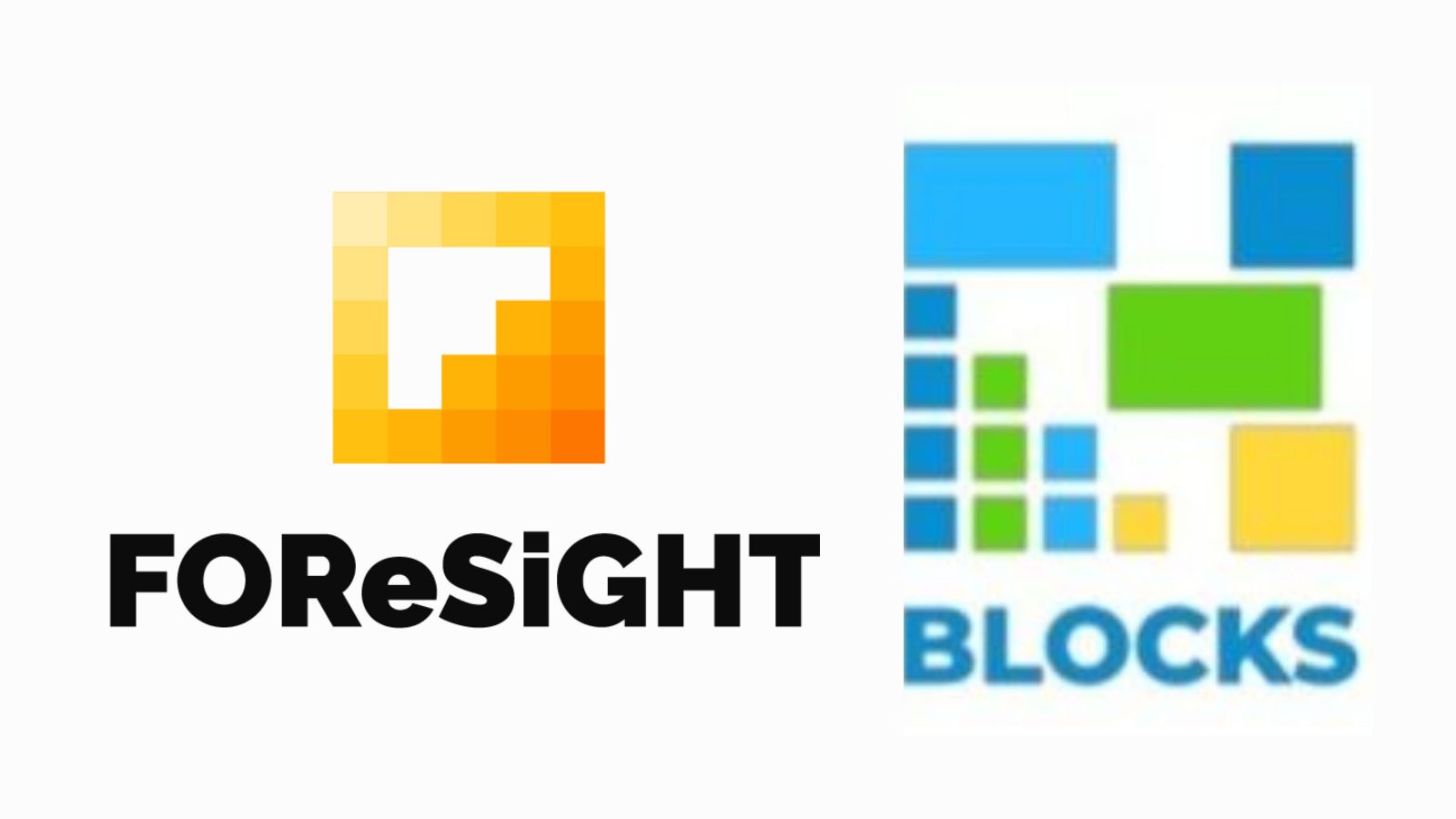Security policy
In general, the security policy refers to:
1. Access control:
- Authorizing interaction between users and protected information.
2. Management and
administration tools:
- Administration (creation,
maintenance and deletion of users as well as their rights);
- Report on the activity of
the users.
3.
Technologies for audit, monitoring, and warning:
- Monitoring of the whole
activity;
- Automatic notification of
an unusual or predetermined event.
4.
Intrusion Protection Systems:
- To prevent, detect and /
or correct the signature of all the type of viruses as well as their effects.
5.
Encryption technologies:
To
ensure:
- Non-repudiation of the sender
information
in the system, through hardware and software mechanisms.
6.
Technologies for encryption key management:
- To ensure the encryption support and the digital signature regarding:
encryption keys.
7.
Technologies for increasing user authentication:
- In addition to the usual
identification of users by account and password, the existence of hard devices
(smartcard), etc.
8.
Intrusion detection:
- Scanning the network to
detect security attacks;
- Identification of
incidents caused by intruders.
9.
Security at the physical level:
- Securing physical access
to computers as such.
10.
Advice:
- For services with the
purpose of establishing a security policy;
- To design, select,
implement, establish or monitor a security environment.
It is noted that
an important component in ensuring the protection of the systems is represented
by encryption technologies, which ensure the confidentiality, integrity,
non-repudiation of the sender of information in the system, by hardware and
software mechanisms, as well as technologies for the management of the
encryption keys to ensure the support. encryption and digital signature for
generating, issuing, revoking, and destroying encryption keys.
Cryptography based
on public and private keys can be used to control access to data. Encrypted
products are accessible to everyone, but the decryption is possible only to those
who hold the right key. Techniques based on encryption/decryption must handle
large amounts of digital data and must also be obtained in real-time - for
example for video and TV communications.
Digital signatures
are based on cryptographic algorithms and have been proposed to verify the
authenticity of short digital messages. Using the private key, the original
creator produces a digital signature for each product. A public verification
algorithm analyzes the content of the product and obtains the appropriate
signature. Applying these signatures on digital, video, or audio images has
proven to be inconvenient and impractical due to the large size of the
signature that is attached to the original data. Hash functions are used to
solve these problems.
Pēdējās izmaiņas: Wednesday, 2021. gada 5. May, 15:58
 Blocks
Blocks